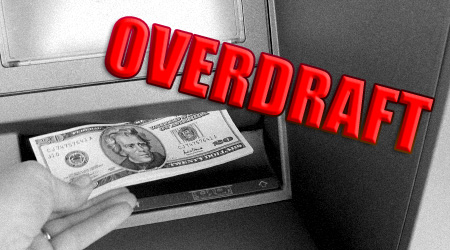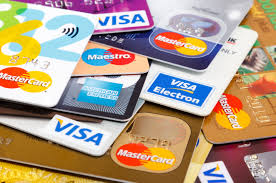Men and women have a different approach towards managing finance and debt. Women are more responsible in handling their credit, while men tend to accumulate more debt and default on mortgages. Experian’s study on interrelation between gender, credit, and financial management proves it right. Read further to know more about the revelations in the study and more on what is a good credit score, and how to earn it.
The Study
The study says that women have an average credit score of 675 compared to 670 among men and they have 3.7% less average debt. Women have 23.5% more open credit cards as compared to men and the revolving utilization ratio is 4.2% less than men. Borrowings for secured mortgages are 7.9 % less in terms of volume and women make 8.1% less late mortgage payments than men.
Key lessons from the Experian study
- Education and income do not guarantee a good credit score. Women offset the wage difference by prudent fund management, which also defines their financial stability. Wage difference is offset by prudent management of funds by women that also defines their financial stability. Creditworthiness of women is high as they have lower debt, use credit wisely and pay bills on time.
- Credit cards are important not just because they offer convenience, but also help you during financial emergencies. Though an increase in credit card usage by women does not translate into bad debts, it helps in developing a positive payment history, debt utilization, credit length and greater diversity in credit reports. Such parameters help to boost credit scores by over 90%, which can significantly bolster confidence and self-esteem.
- The importance of credit health increases as people age. Retirement income, medical bills and existing debt are some of the expenses that more than 65 percent of the consumer face everyday. A good credit score results in low interest rates and premiums and keep the costs low. Such factors depict that both male and female retirees need to ensure that their credit score doesn’t suffer.
Women may not always have a higher credit score than their male counterparts. Spending habits, wise purchase decision, and understanding finance management is crucial to secure the financial future. Credit scores are usually down when people are young, but they should be repaired as you enter middle –age and be perfect by the time you retire. An individual needs to spend wisely to avoid financial crunch in the future. Hope the blog gives a clear understanding of the mindset of both, men and women to help individuals plan their credit and budget.











